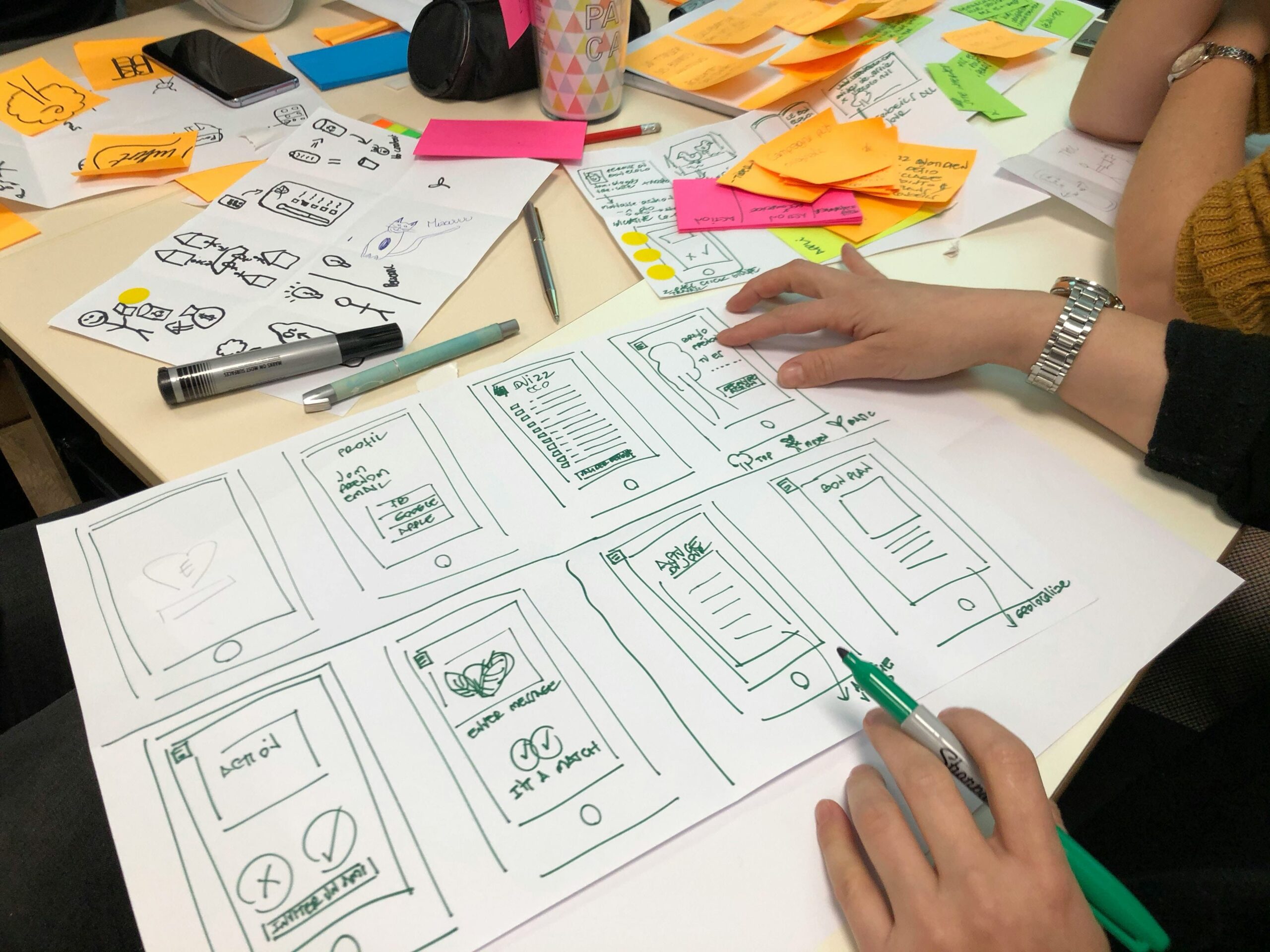Nelly Cornejo, Head of Adoption at iExec and a recognized expert in the democratization of technology, spoke at H7 as part of the WEB3 incubator organized by iExec and H7. She looks back at the stages of technological adoption, and shares 3 essential levers to encourage the adoption of Web3 solutions.
Numerous Web3 solutions are emerging, supporting new uses. However, the novelty and perceived complexity of Web3 can slow the adoption of these solutions.
Back to the concept of technological adoption 💡
Adoption occurs when a technology and its products are fully anchored in the daily uses of a target audience. Every technological adoption has a life cycle, represented in the following diagram by the different phases of the market and the different types of user.
Source: Crossing the Chasm – Technology adoption lifecycle.
- Innovators: the first group of consumers ready to invest and test the product. It’s a minority, often technophiles attracted by innovation.
- Early Adopters: the first non-technophile users. Visionaries, they seek novelty.
- The Chasm: this is the credibility gap that the market must overcome. It stems from the use of the first groups, which becomes a reference for the following ones.
- Early and Late Majority: the first great wave of mass users. TheEarly Majority is pragmatic and needs references before taking the plunge. The Late Majority follows tradition, arrives later and buys from the most established market leaders.
- Laggards: the most skeptical users who come to the product late.
It’s important to take these temporalities into account. Within Web3, some areas are further along in the adoption cycle than others. This is particularly true of DeFi(decentralized finance), while others, such as Metavers, will probably take much longer to be widely adopted.
The Apple example 🍏
Apple’s first-generationiMac in the ’90s was a true innovation phase for the brand. The product’s early adopters were mostly technophiles well off enough to afford a computer. The chasm – the shift to the mass market – came with theiPod in the early 2000s. With this product, Apple wanted to create the world’s easiest-to-use MP3 player. It was with this launch that Apple developed its reputation and found its Early Majority .
Web3 hype 🐡
Web3 is everywhere in the media landscape. Metavers, NFT, blockchain… there’s no doubt that this trend has gained momentum since Mark Zuckerberg rebranded Facebook as Meta. Web3 Hype follows a very precise pattern. Gartner represents the adoption phases of emerging technologies through a “hype cycle“.
The NFT example:
The launch of innovation(stage 1), occurs when the media relay information such as the sale of an NFT for 70 million euros or the founder of Twitter selling his first tweet in the form of an NFT for over 2 million euros.
This information goes viral, generating a spike in expectations (stage 2).
The next logical step is for buyers of NFTs to resell them and make a profit. But then the hype bubble bursts and disillusionment sets in(step 3). In many cases, they can’t resell them at the price they paid, or at a higher price, because they’re no longer as attractive.
Then comes the consolidation stage(stage 4), where use cases are proven and widely democratized (for example, creator NFTs, asset tokenization…). The market stabilizes, and the productivity plateau is reached(stage 5). We no longer speak of “hype” but of “proof”.
3 levers to boost Web3 adoption ☄️
The community 🙊
Even more than in Web2, Web3 communities play a crucial role in projects. They are invested contributors, more like investors than simple users. They use wallet addresses (not e-mail addresses) and are much more careful with their personal data.
The community is the main lever for project growth, and marketing and communication are excellent ways of creating deep ties with your community. Platforms like Discord, Twitter, Telegram or podcasts are huge playgrounds. For example, you can use NFT marketing or influencers, with varying followings depending on your budget.
As a rough guide, for crypto projects, for example, count :
→ Between $250 and $13,000 for a post in the trade press.
→ Between $2,000 and $18,000 for sponsored articles.
→ For other networks, it all depends on the number of followers of the influencer you’re soliciting. A Youtube video costs between $1,300 and $24,000 .
Finally, you can call on the services of copywriters, whose job it is to persuade through the written word.
UX / UI ✨
As with Web2, user experience is at the heart of Web3. One of the major hindrances to user experience in Web3 is the UX/UI of crypto wallets. In Web3, the wallet represents not only the user’s money/wallet, but also his or her digital identity used to access products or services. In this article, Vitalik Buterin (founder of Ethereum) discusses the importance of creating user-friendly wallets for mass adoption, and alternatives to Facebook and Google’s monopoly on identification.
In-depth reflection on the UX/UI and your users’ journey will help you, for example:
→ To make your project visually appealing;
→ To offer the user-friendly standards of Web2 with the advantages of Web3 ;
→ To develop “mobile first” – priority to smartphone screens ;
→ To maximize your ROI;
→ To stay in tune with the real needs of users/communities and evolve your product accordingly so that it’s always easy to use.
The processing of data when feedback is collected is also a key concern for users. The emphasis is on transparency, so that users know where their data is going and how it is being processed. This is part of iExec’s mission through its technology.
Developer relations (DevRel) 🖲️
Here, we’re talking about how developers can seize and use your technology for their own projects.
Making your technology attractive and publicizing it through international events, hackathons and reward programs helps attract tech profiles for :
→ Maintain technology;
→ Develop new applications ;
→ Develop new use cases ;
All in a collaborative way!




